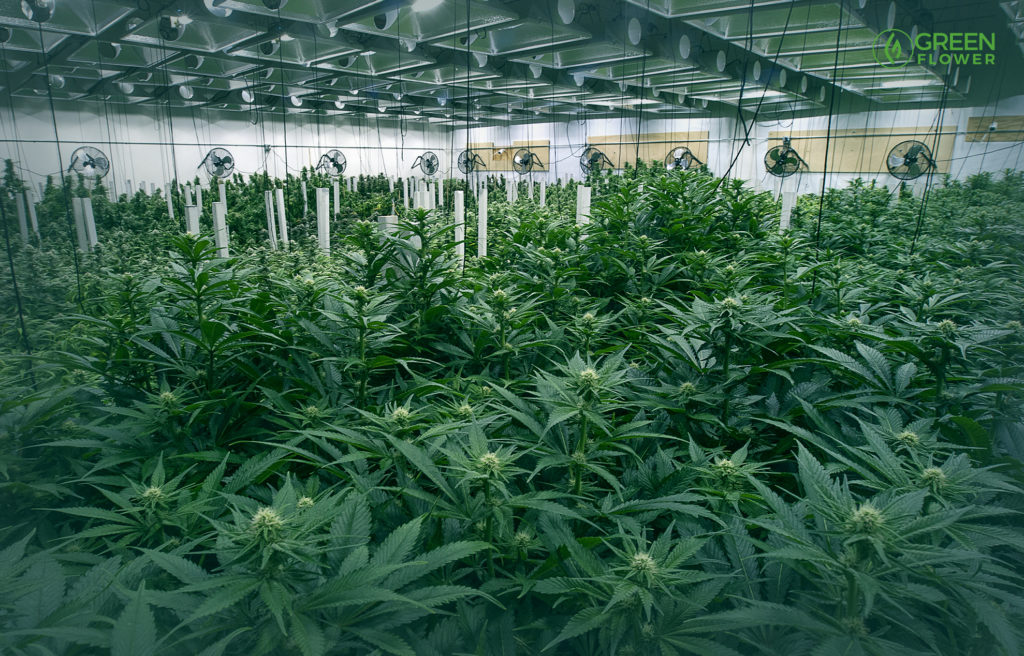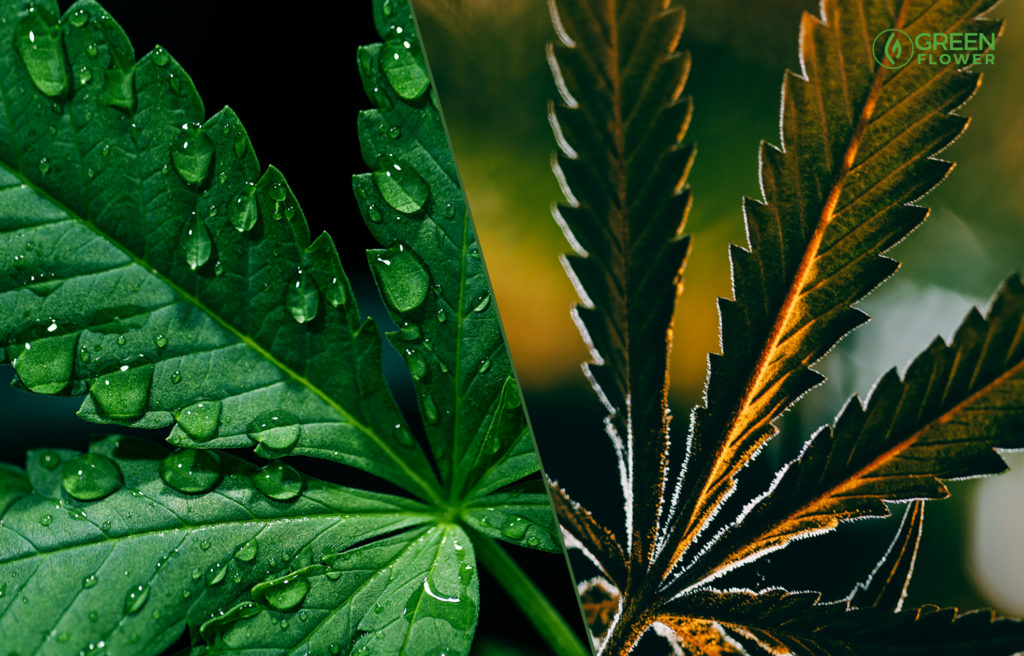The best way to understand the marijuana vs hemp difference is to first understand how they are connected to each other. Firstly, both hemp and marijuana are cannabis. They are just different species of cannabis. All cannabis species originated in Central Asia from (most likely) a common cannabis ancestor. During the last ice age, glaciers created natural barriers in the midst of this ancient habitat — forcing the cannabis population into refugia. These little pockets of cannabis plants started evolving separately from each other, and eventually, they became different species.
Hemp was picked up by humans and taken west to Europe, and marijuana was taken to the eastern parts of Asia as well as down the coast of Africa and, from there, to the Americas. Because of the shared ancestry, hemp and marijuana plants share many of the same characteristics (physically and chemically); however, they each hold enough uniqueness that we see them being produced for completely different reasons. Hemp was prized by our ancient ancestors because it provided food and fiber, and marijuana was prized for the psychoactive experiences it produced.

Humanity’s role in the evolution of cannabis cannot be understated. Glaciers may have been responsible for creating different species of cannabis, but the differences between the species was not as drastic until humanity started selectively breeding cannabis for its own purposes. Marijuana was being bred with the purpose of increasing the plant’s THC content, and hemp was being grown like trees — tall and strong for better hemp products.
There are currently four species of cannabis that continue to be used for the needs of humans — two species of marijuana and two species of hemp. Marijuana has a narrow-leaf species (NLD) as well as a broad-leaf species (BLD). Hemp also has a narrow-leaf (NLH) and broad-leaf species (BLH); however, the broad-leaf species is thought to be a cross between narrow leaf hemp and broad leaf marijuana. The marijuana species stayed separate for a long time. A lot of this had to do with the area of the world in which the BLD plants were located — the mountainous regions of Afghanistan and Pakistan; however, in the late 1970s, as that part of the world opened up, people began to intentionally breed these two species of cannabis together.

BLD plants offered shorter harvest times and shorter plants (both great for avoiding detection from the authorities); however, it also offered a bud structure that evolved to retain water, as it grew in arid climates. When attempting to grow these plants in more temperate climates, the dense buds on the flower tended to mold. NLD plants, on the other hand, produced buds that were more open and wispy. Unfortunately, they also required more time and space to grow. Eventually, cannabis breeders started producing stable hybrids that incorporated the beneficial characteristics of each species. These hybrid plants offer high levels of THC, are shorter in stature, enjoy a quicker harvest, and produce buds that can handle the climate and help prevent any disease. These are the plants we enjoy today!
Hemp served a more practical purpose for humanity. Not only was it a great source of food, but it also provided a fiber that could be used to make all types of materials. Hemp is still used for these purposes today; however, the rise in popularity of CBD products has created a situation where hemp is now predominantly being produced for CBD. Up until recently, hemp was illegal to grow in the United States; however, the 2018 Farm Bill federally legalized hemp in the US — paving the road for the mass production of hemp-derived CBD. This is going to have a profound effect on the evolution of the plant, as cannabinoid production becomes the biggest focus of hemp breeding for the first time. The plants being grown today are a hybrid between the NLH and BLH species, and the plants are being bred to produce less than 0.3 percent THC, as that is a stipulation in the Farm Bill for legal production.
For all intents and purposes, recreational marijuana and medical marijuana are grown for high levels of THC, and hemp is grown for high levels of CBD. These high levels of cannabinoid production are the product of human intervention and serve no natural advantage in terms of survival for wild or feral cannabis plants. Individual cannabinoids have taken over growing practices, and, considering what we know about the entourage effect, it is kind of disappointing that we are choosing to value isolates over a more robust chemistry. Thankfully, there are a few great growers out there who are focusing on complex chemistries and minor cannabinoids. Isolates have their place, but, for those who are looking for a profound psychoactive experience, nothing beats a complex cocktail of cannabinoids and terpenes.

